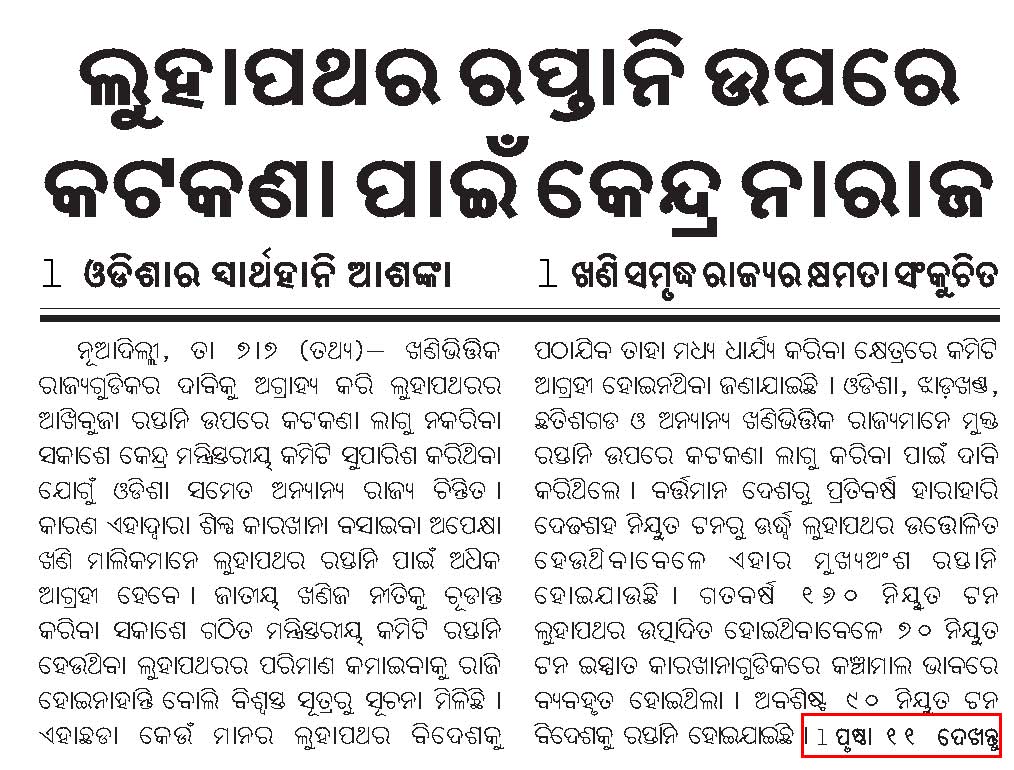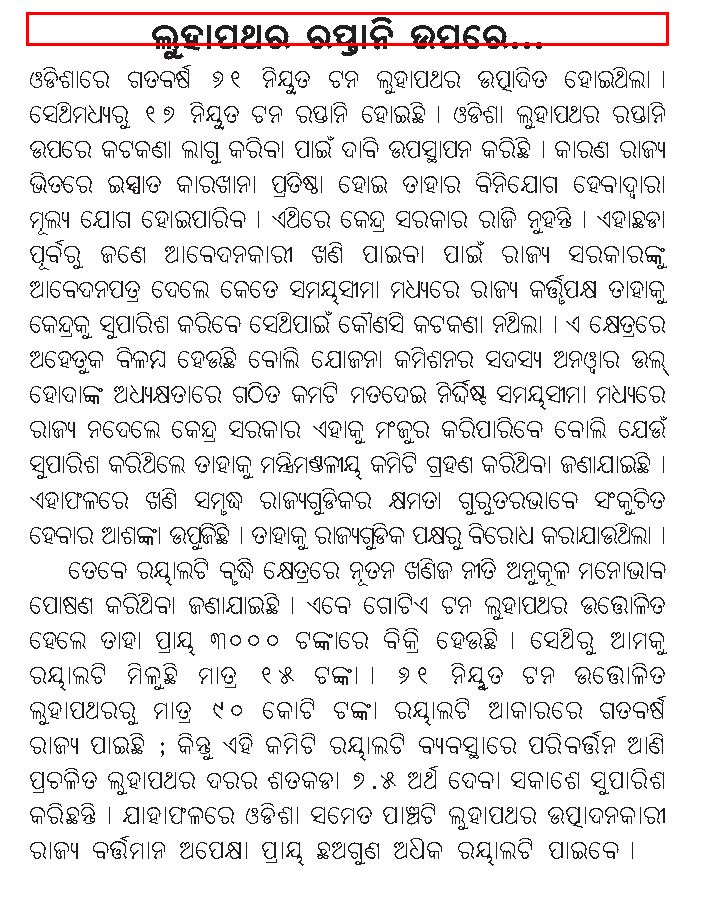POSCO reiterates its commitment to Orissa project
INDUSTRY and INFRASTRUCTURE, INVESTMENTS and INVESTMENT PLANS, Iron Ore, Jagatsinghpur, Paradip - Jatadhari - Kujanga, Ports and waterways, POSCO, R & R, Railways, Steel Comments Off on POSCO reiterates its commitment to Orissa projectKalingatimes reports that Posco is definitely interested in the Orissa project.
Excerpts of the Article below
… The latest statement from the authorities of POSCO-India makes it clear that they were here to stay – to pursue their 12 million tonne per annum capacity steel mill project in Jagatsinghpur district.
…, the company has said in a statement that it was `confident, determined and committed’ to make its Orissa steel project happen. …
But the company has said that as per its human resource plan, overseas staff deployment in POSCO-India project was purely need based.
“Staff deployment is in relation to specific assignments and the employee moves with the changes in assignment. Accordingly, when the construction phase begins, there would be reallocation of staff from overseas in large number,” a statement from the company said.
Although there had been undue delay in the implementation of the project due to non-acquisition of land for the proposed steel plant, the company has announced it was hopeful of starting ground leveling work by December this year.
“The company is further encouraged by the support extended by Government of Orissa as well as Government of India for expediting the project,’ the statement said.
“Going by the recent developments, the company is happy to note that there is a greater understanding and wider consensus in favor of the project building up at all levels, notably among people in the project site.” …
If official sources are to be believed, … POSCO authorities were ready to wait for several more years to implement the project.
“The main worry of POSCO-India authorities would be over the day they were granted prospecting licence for the Khandadhar iron ore mines by the Central government.
As regards the people’s opposition to displacement by the proposed steel plant in Jagatsinghpur as well as the move to grant of prospecting licence to the company for Khandadhar mines, sources said that POSCO was used to such resistance.
“They are hopeful that things will slowly start changing and the opposition will lose strength in due course,” a senior government official observed.
Rehabilitation process begins
Meanwhile, the company, in association with the district administration, has started the process for rehabilitating 48 families that had left Patna village under Dhinkia panchayat of Jagatsinghpur following their differences with those who were against the setting up of the steel plant in their locality.
The company was hopeful that a transit camp for the 48 families would come up within four weeks. Simultaneously, efforts were being made to select a site for constructing a full-fledged rehabilitation colony for these families.
A company official said that once the habilitation colony was set up it would attract people from the camp that was opposed to the project.
The families which had come out of their villages on their own and were supporting the project would be given rehabilitation benefits under the provisions of the existing Resettlement and Rehabilitation Policy of the State.
Going by the company’s stand, it appears clear that they might start thinking in terms of packing their bags only if the both the Central Government and the State Government expressed their unwillingness to extend help. But going by the eagerness on the part of both the governments to help POSCO-India, such a situation was unlikely to emerge in the next few years. After all, POSCO-India’s steel project still continues to carry the tag of biggest ever foreign direct investment in the country.
This sounds like a good reinforcement of it’s commitment to the Orissa project.


